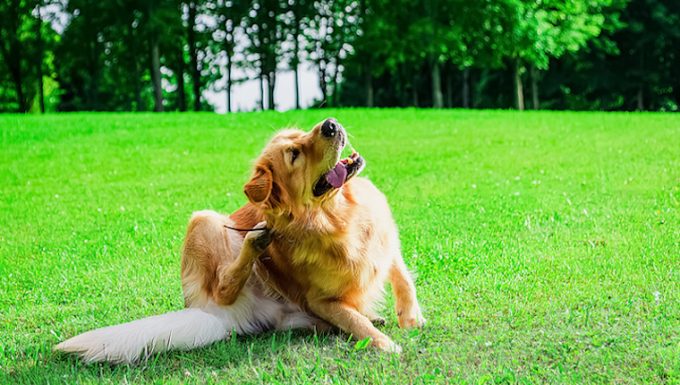Lice in dogs refers to a type of parasite. The condition happens when the parasites infect a dog and feed off their blood.
Thankfully, the condition is much less common than fleas. Although poor sanitary practices can cause the condition in dogs.
Technically, the condition is also known as canine pediculosis.
If you see the signs…






